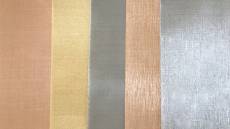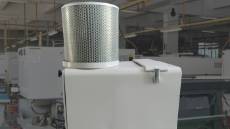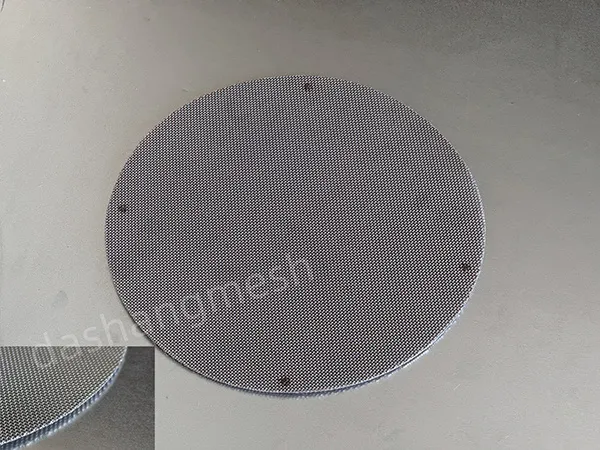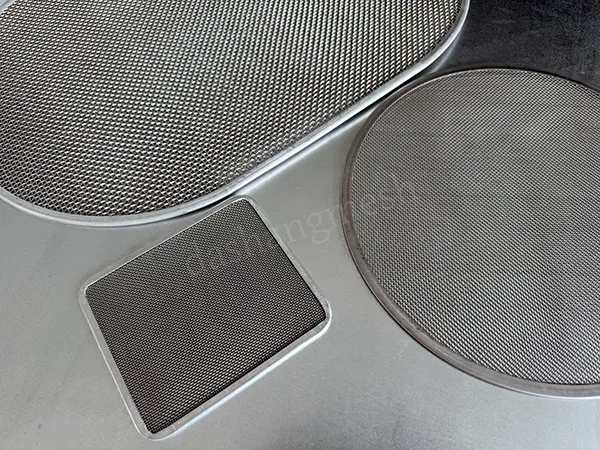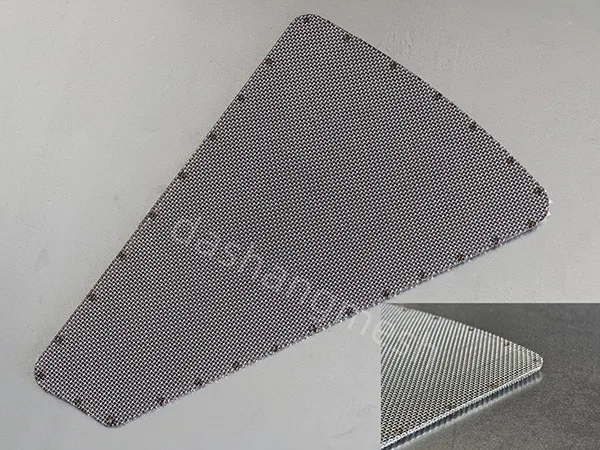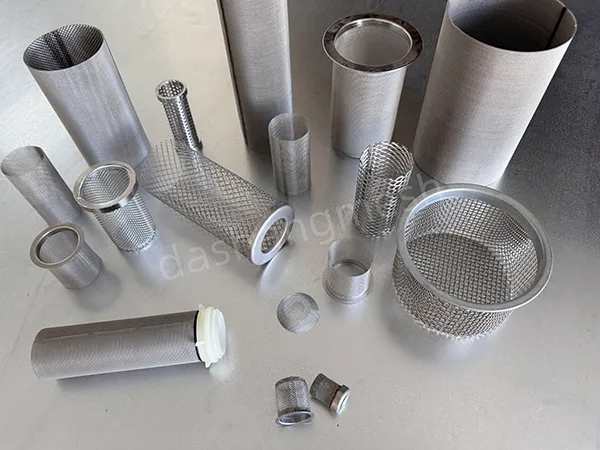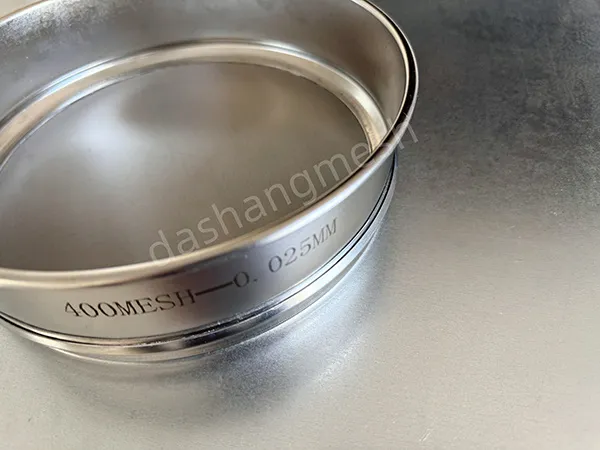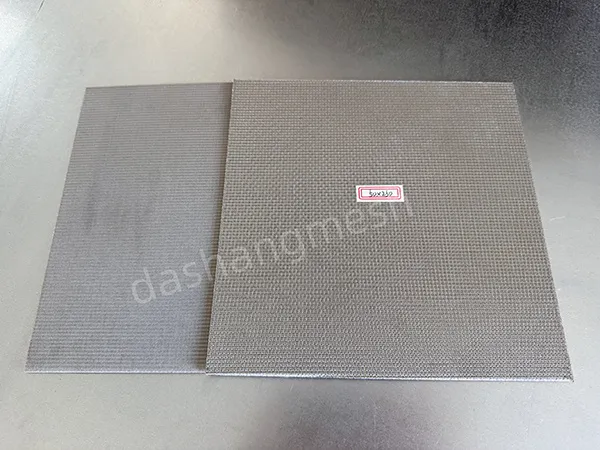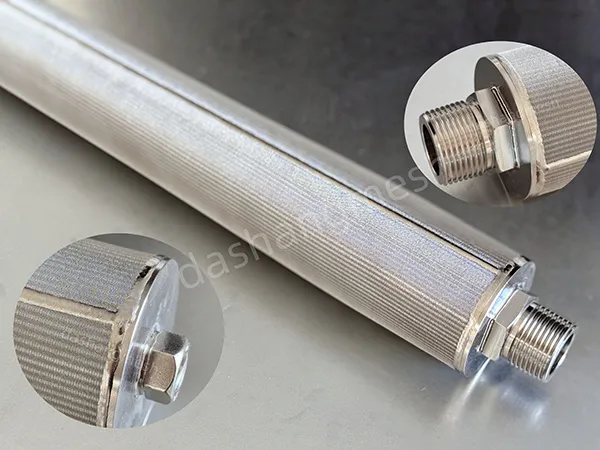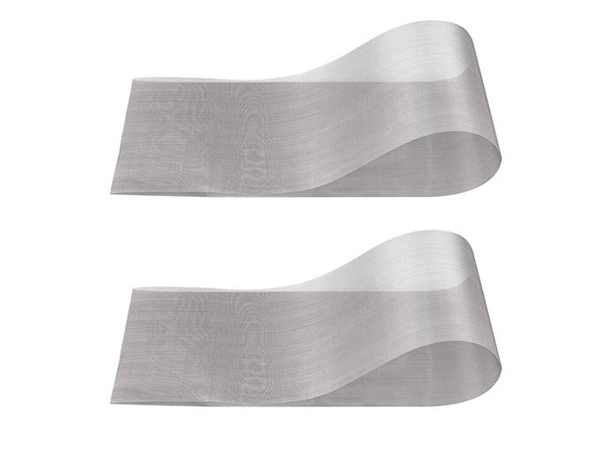Single Layer Extruder Screen
Dashang Wire Mesh could offer a variety of wire mesh circular filter with single layer including dutch woven mesh material made of carbon steel or stainless steel. The diameter of wire mesh disks is from 5mm to 500mm for your selection.
Welded Screen Packs
Dashang Wire Mesh could offer multi-layer extruder screen packs which are precision spot welded and in sequence to provide the best filtration for your process.
Rim-Bound Screen Packs
Dashang Wire mesh offer stainless steel or aluminum rims bound to multi-layer screens, increasing rigidity for better protection in high pressure processes.
Multi-layer Cylinder Filter Tubes
Dashang Wire mesh makes cylinders to-order, with welded seams and ends or seam welds only, in a range of diameters and lengths. Each filter tube will be tested for inner or outer diameter dimensions using standard molds.
Special Shapes Filter Screen
Dashang Wire mesh offers round, eliptical, rectangle, annular or rings, and other special shapes for customized. It can be one layer only, or serval layer with spot welded or metal rims bound.
Customized metal wire mesh filter tube
One end of the metal wire mesh filter is equipped with a flange, which can be connected to other equipment or pipelines through bolts, or a basket style structure for easy removal and cleaning.
Stainless steel test sieve
The test sieve has high accuracy in pore size, which can perform precise particle size analysis and screening of materials, ensuring the accuracy of screening.
Metal sintering mesh
Made of several layers of 304 and 316 stainless steel wire mesh. The inner layer is extremely fine to determine the filtration accuracy. There are coarse mesh above and below the inner layer as a support and protective layer.
Sintered mesh filter cartridge
Made by vacuum sintering five or multiple layers of metal wire mesh, which has strong corrosion resistance, good permeability, high strength, easy cleaning and backwashing, precise filtration accuracy, clean and hygienic filter material, and the wire mesh does not fall off.
Slitting
We offer mesh slitting services for our customers. We can slit the whole mesh roll into the desired mesh strips as required. The mesh can be cut into strips as narrow as 5 mm, with a cutting accuracy of ±0.5 mm.







